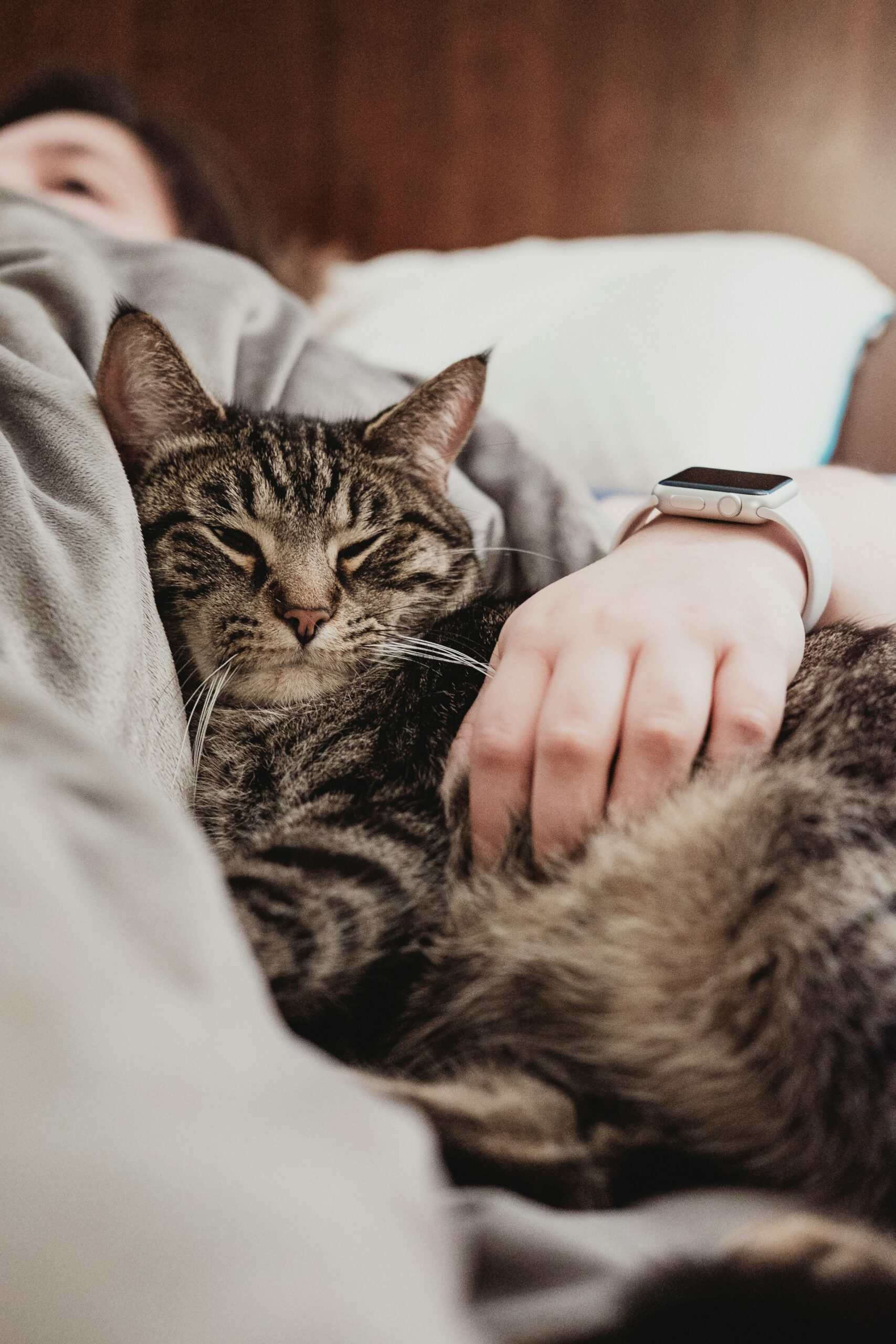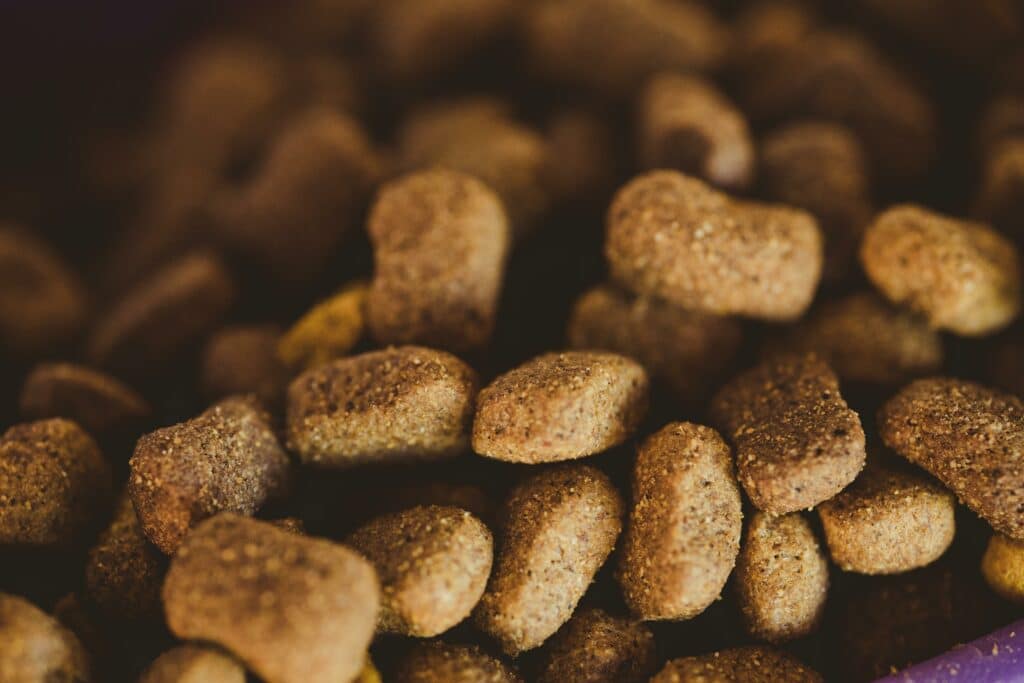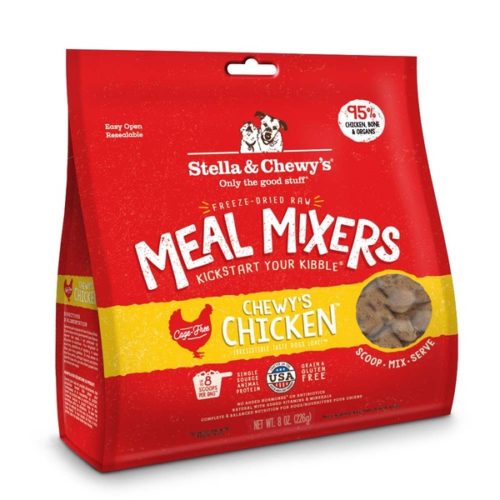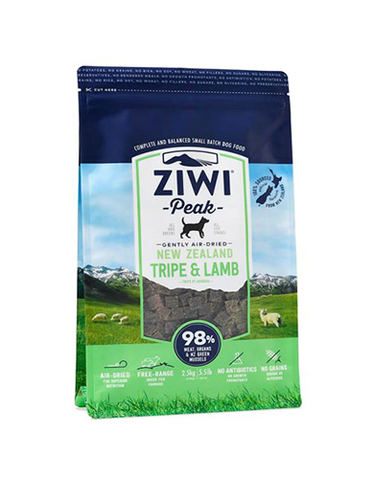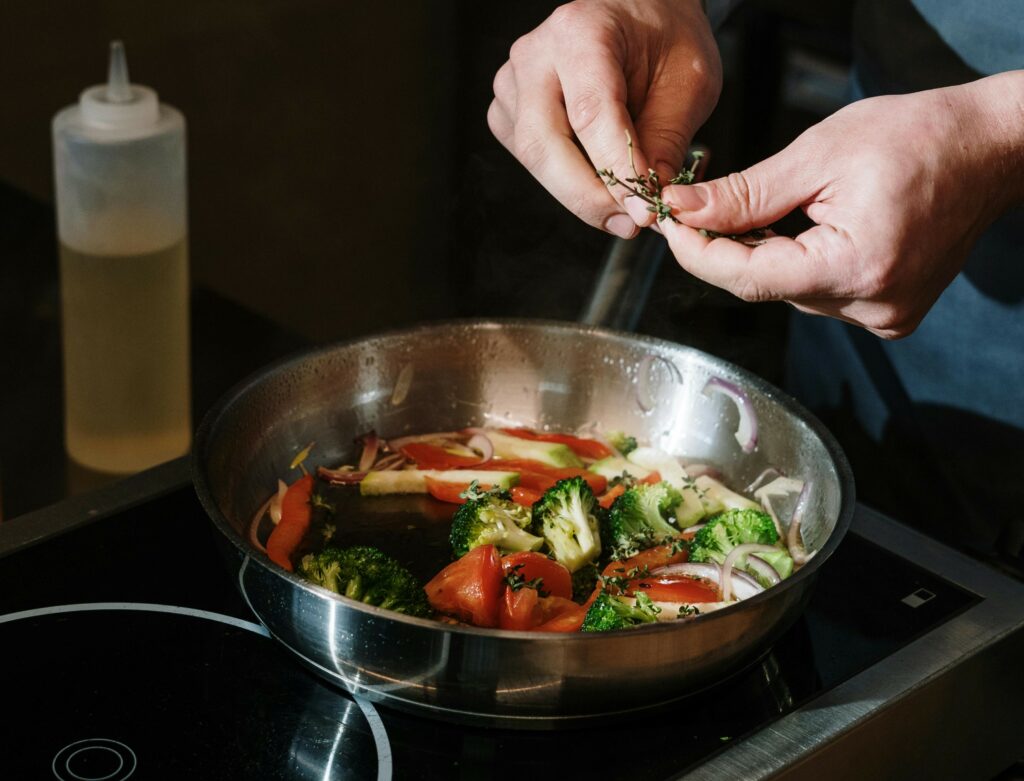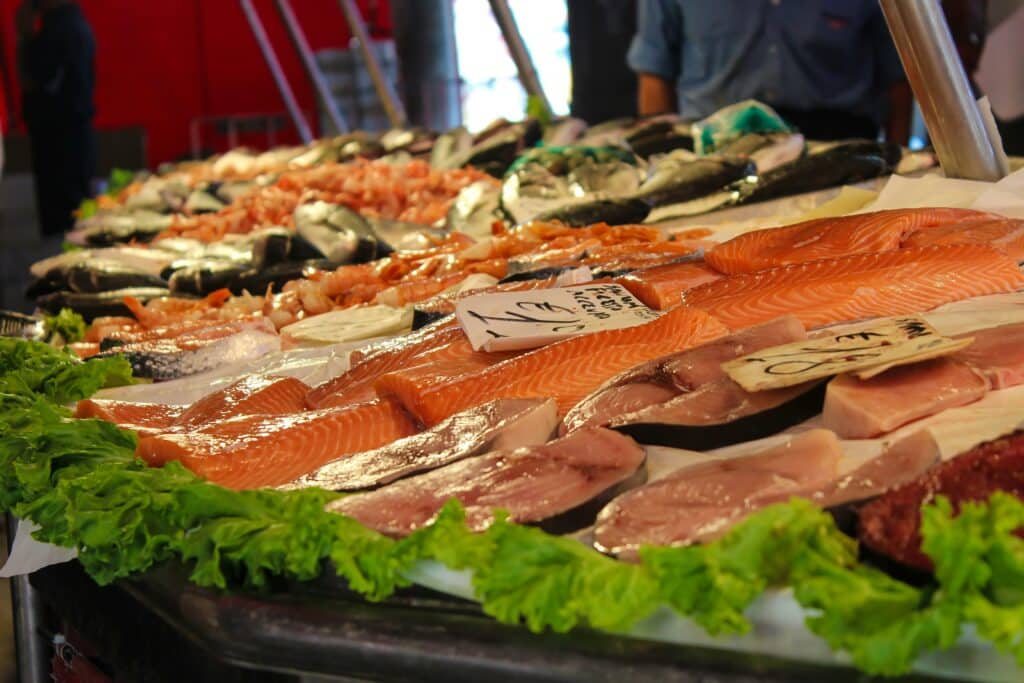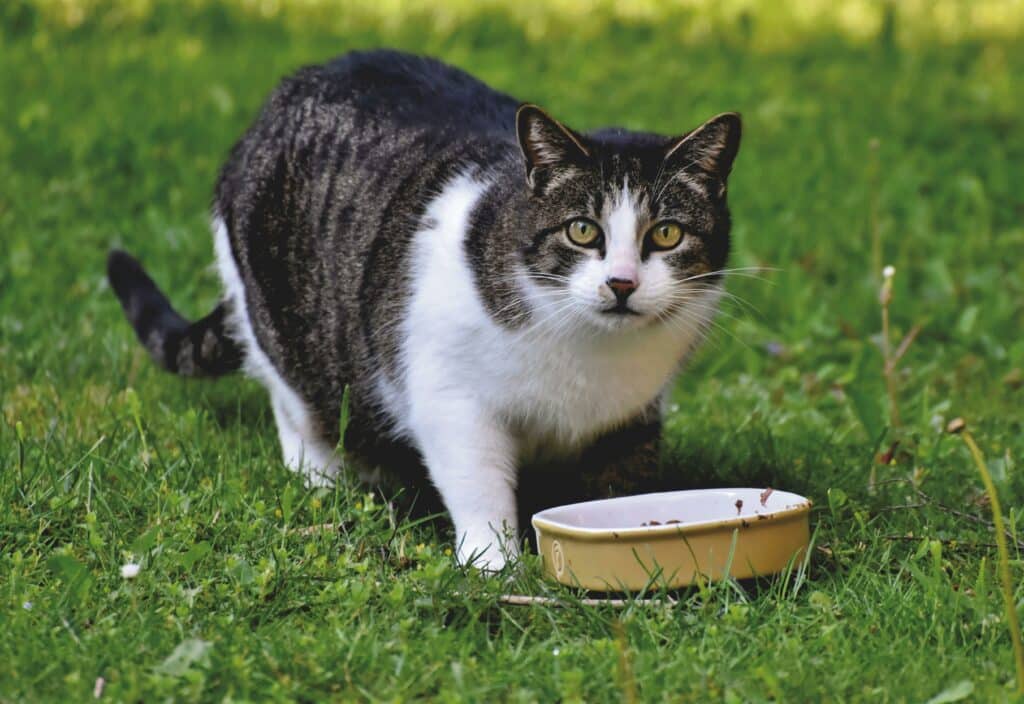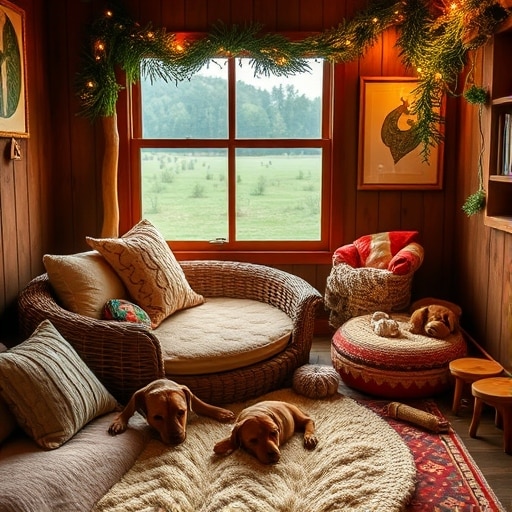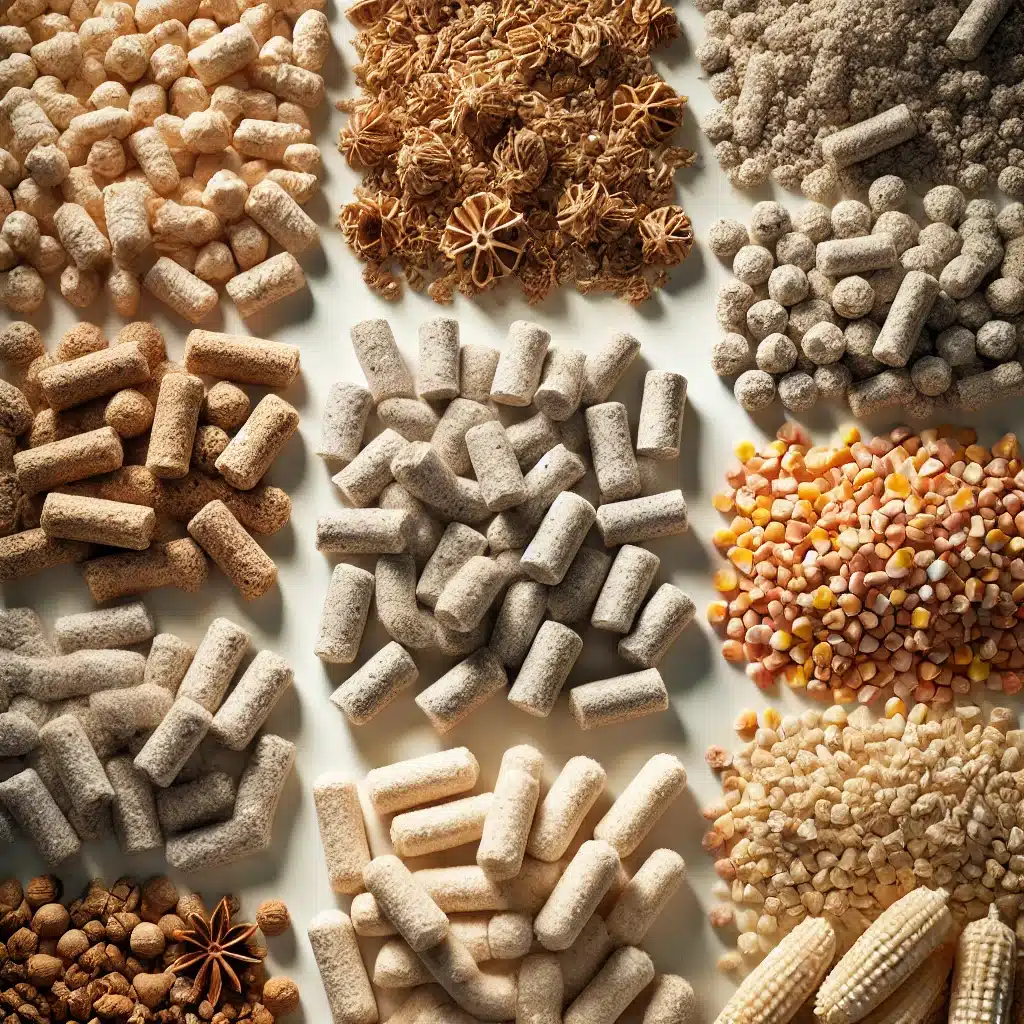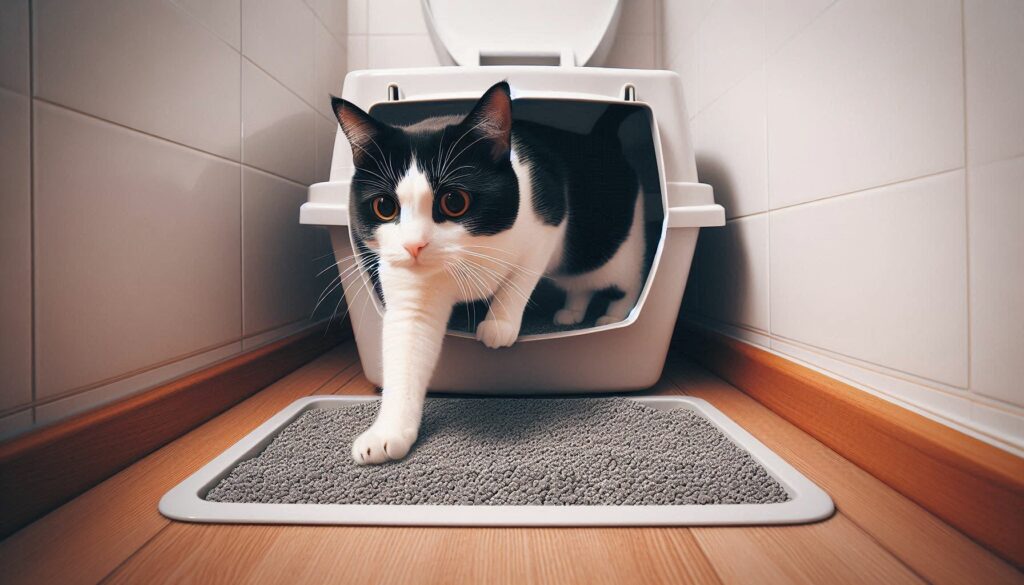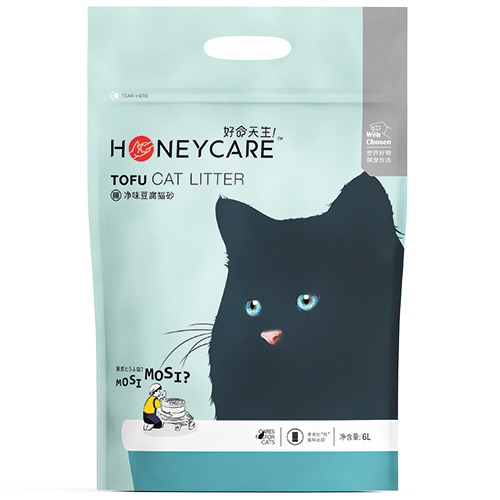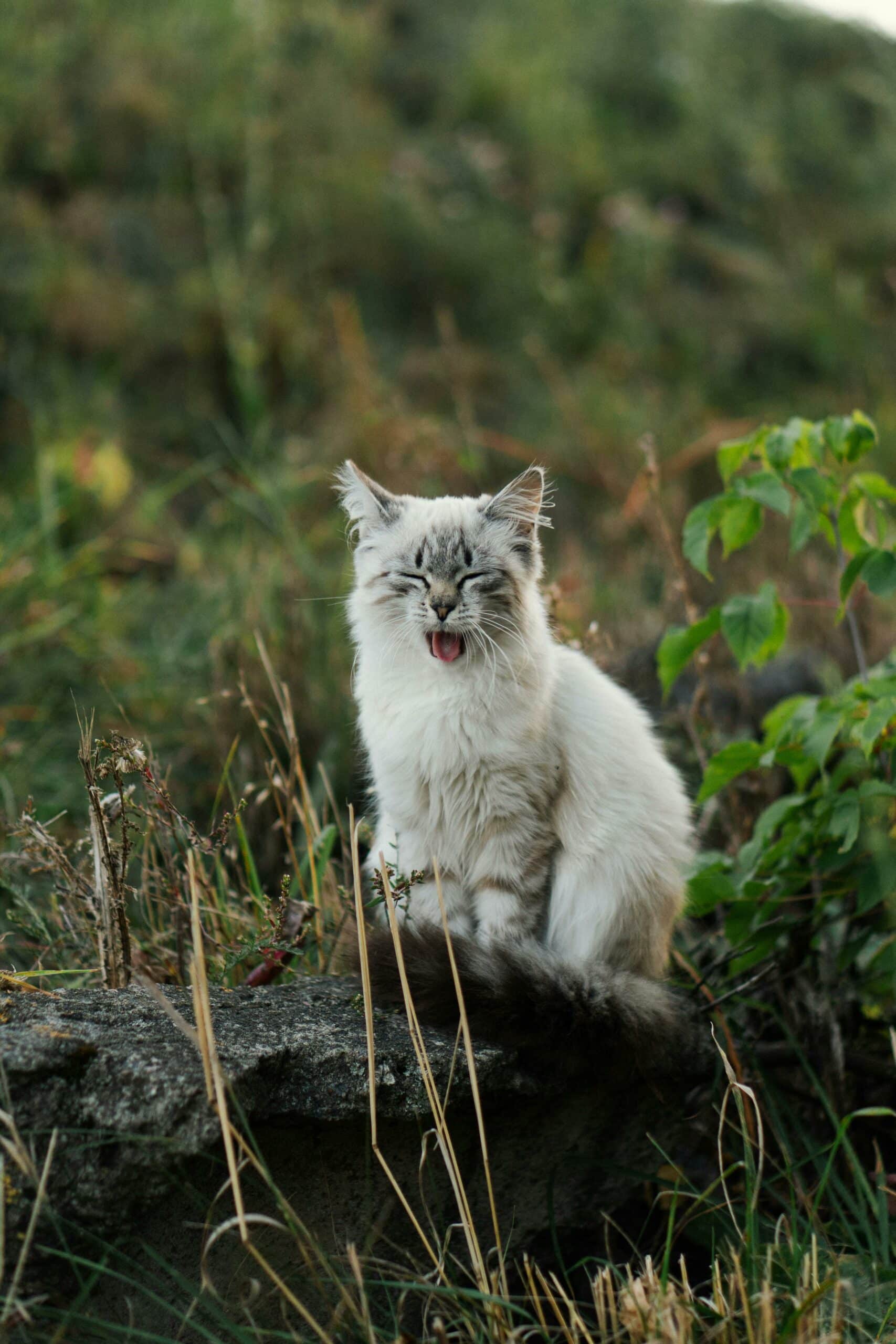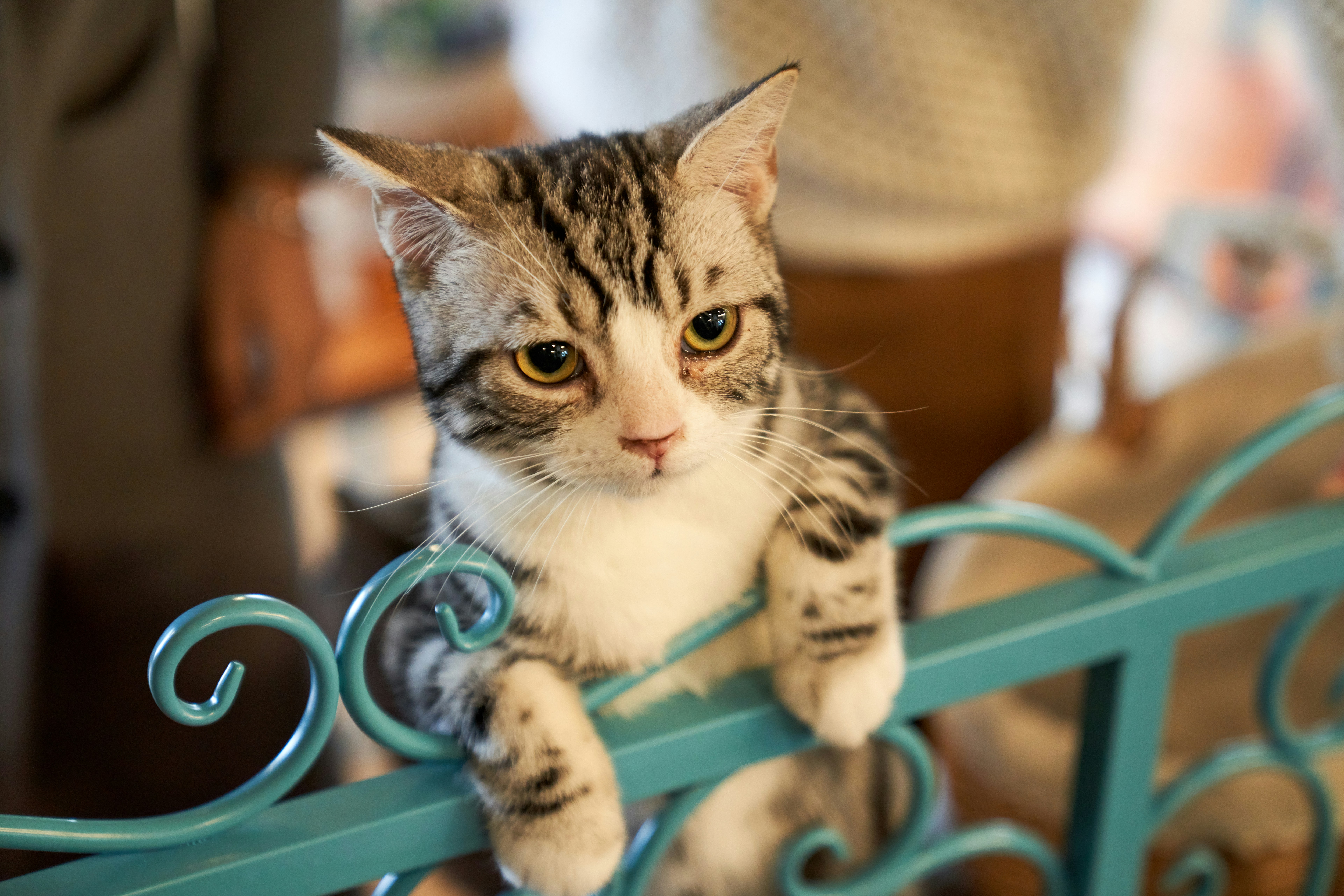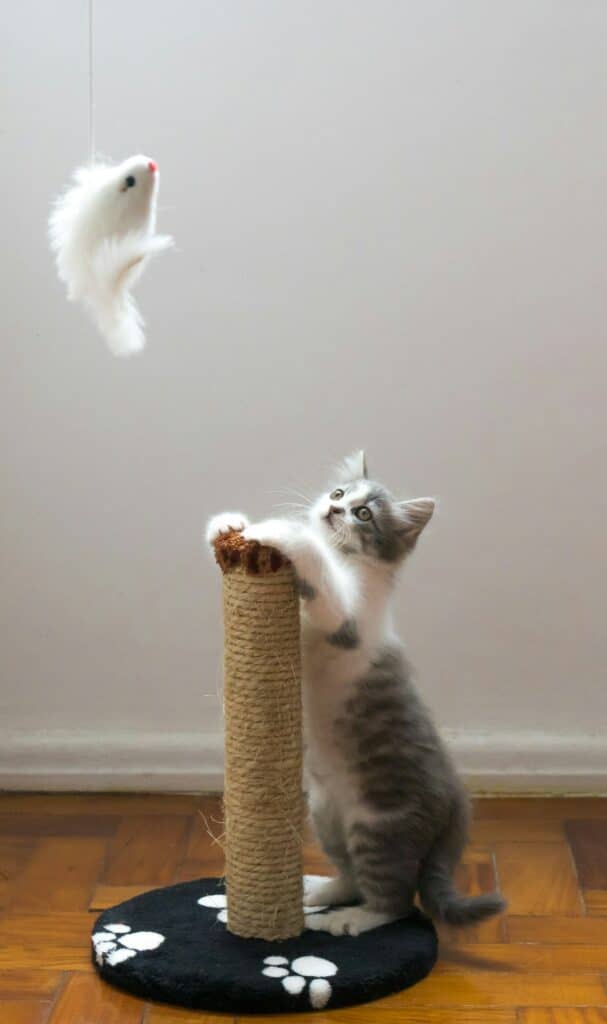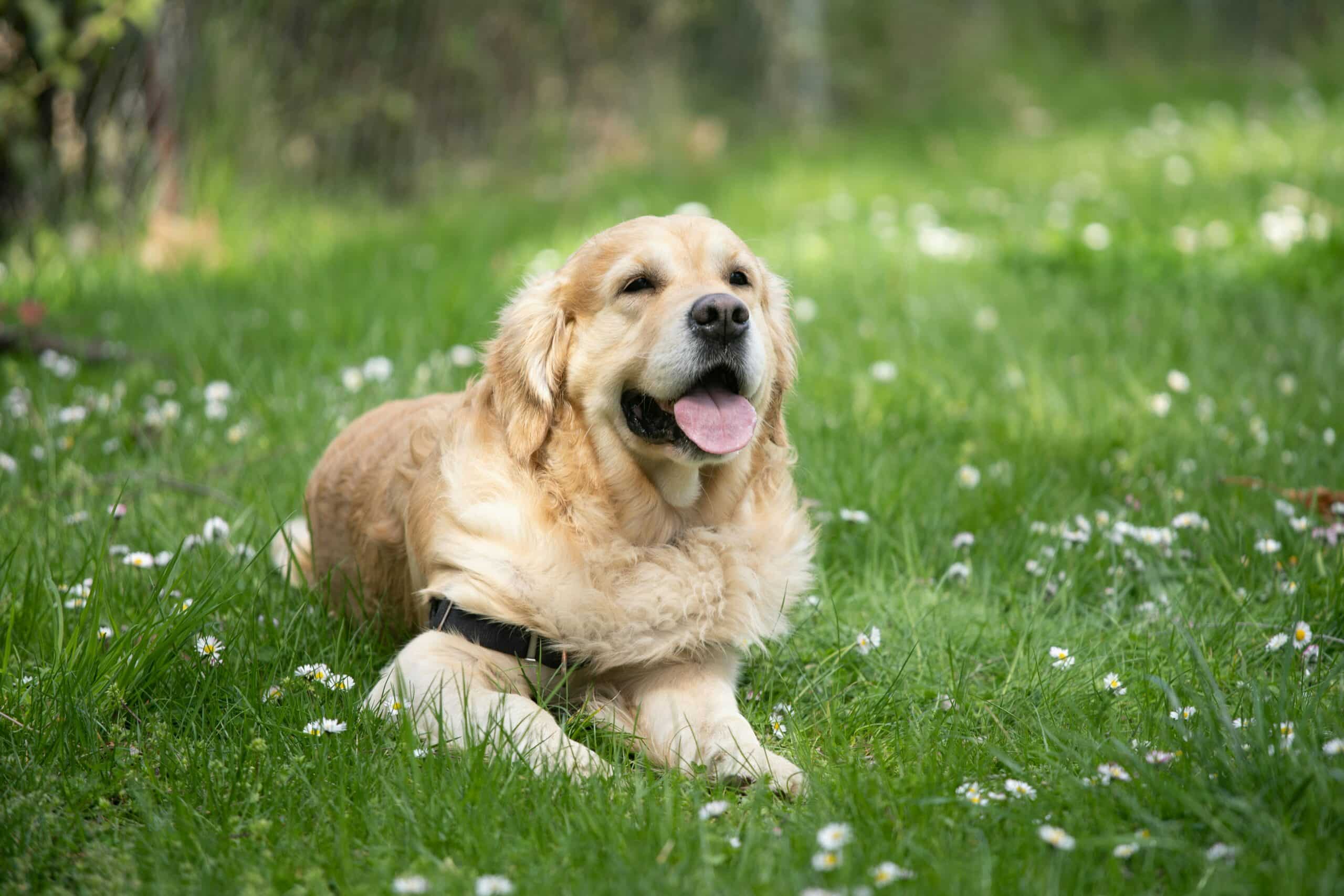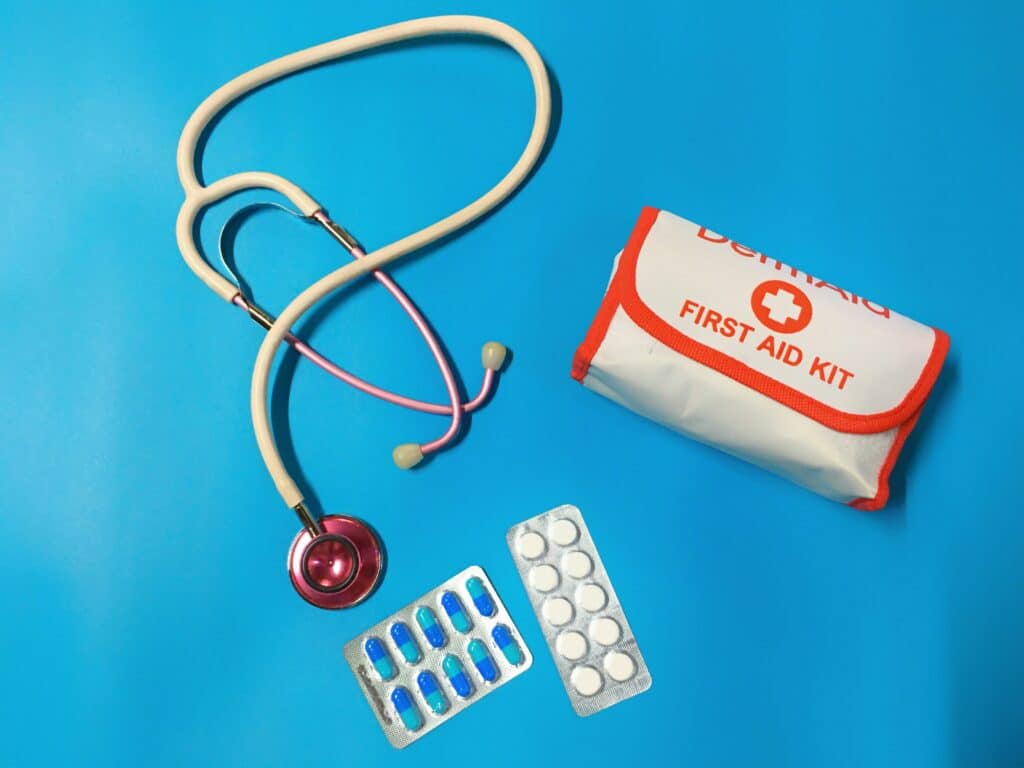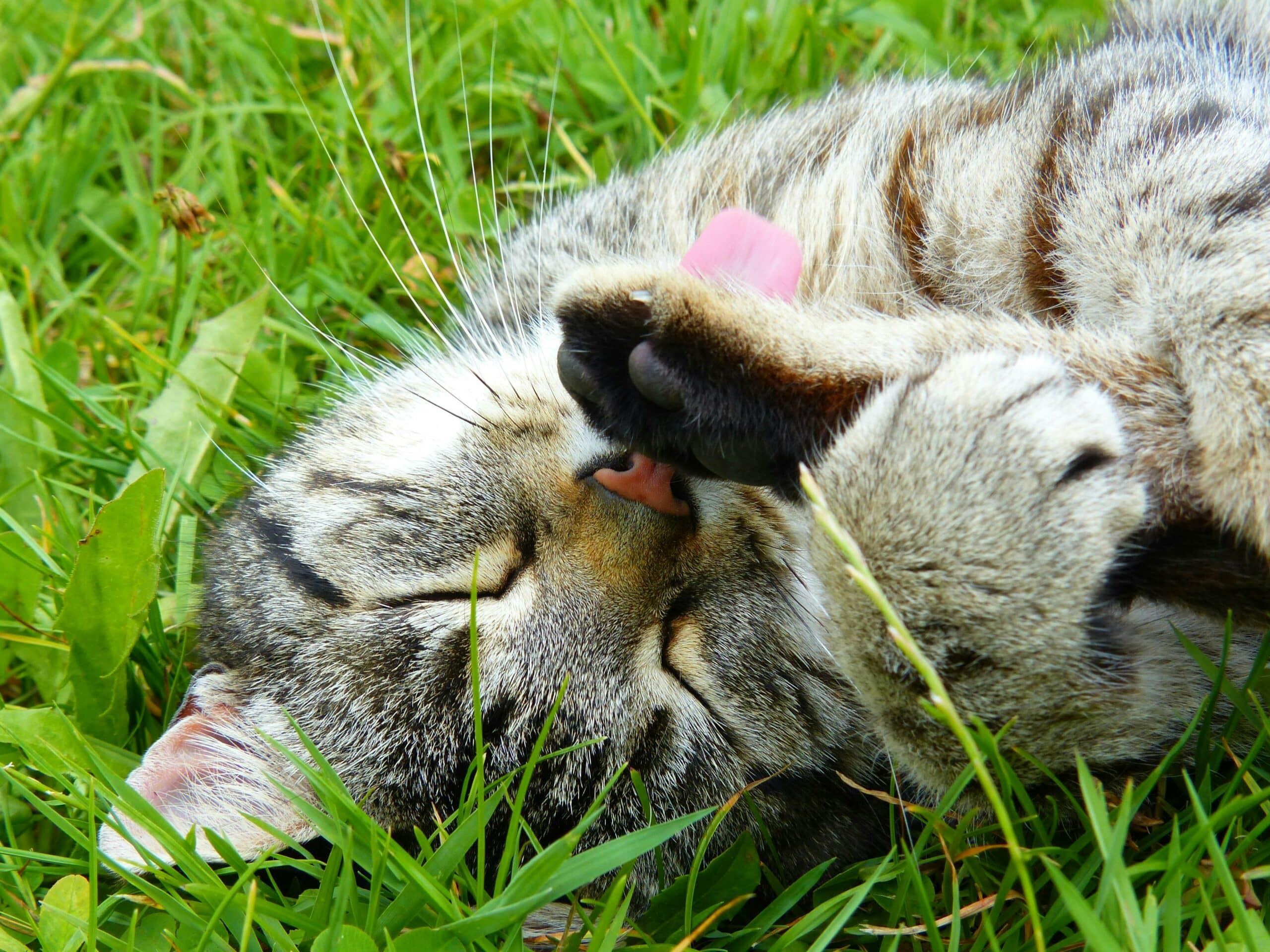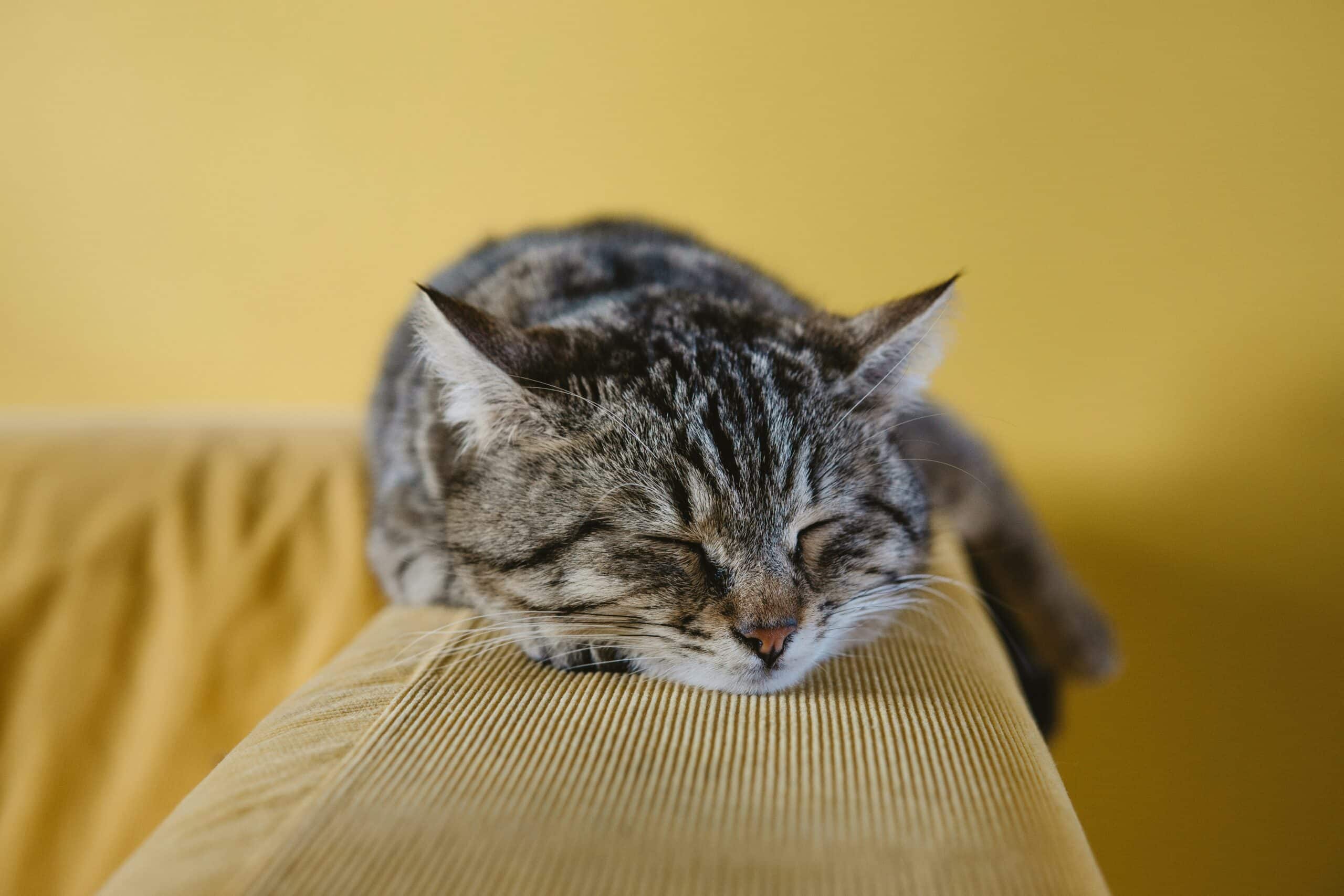
Just like people, our furry friends can struggle with their weight. Cat obesity is a common issue that affects many cats and can lead to serious health problems. Obesity in cats can increase the risk of conditions such as diabetes, arthritis, and heart disease. But the good news is that, with some simple lifestyle changes, you can help your cat maintain a healthy weight and live a happier, more active life.
Understanding Cat Obesity
What Causes Cat Obesity? Cat obesity occurs when cats consume more calories than they burn off. A cat’s calorie requirements vary based on age, breed, and activity level, and factors like overfeeding or lack of exercise can lead to weight gain. Often, indoor cats are more prone to obesity due to limited opportunities for physical activity.
Health Risks of Cat Obesity Obesity can lead to various health problems in cats, impacting their quality of life. Some major risks associated with obesity in cats include:
- Diabetes: Excess weight can make it harder for a cat’s body to regulate blood sugar.
- Arthritis and Joint Pain: Overweight cats place more strain on their joints, increasing the risk of arthritis.
- Heart and Respiratory Issues: Extra weight can lead to heart disease and difficulty breathing.
Signs Your Cat Might Be Overweight
It can be tricky to recognize if your cat is overweight, especially since weight can vary significantly across breeds. Here are some signs to help you determine if your cat might have a weight issue:
- Difficulty Feeling Ribs: When petting your cat, you should be able to feel its ribs with a light touch. If you can’t, your cat might have extra fat covering its ribs.
- Sagging Belly or “Abdominal Pouch”: A visible abdominal pouch or sagging belly can indicate extra fat.
- Reduced Energy and Difficulty Moving: Cats with excess weight may have less energy and struggle to move around or jump like they used to.
Tips for Managing Cat Obesity
1. Consult Your Veterinarian
Before making any dietary or lifestyle changes for your cat, consult your veterinarian. A professional can assess your cat’s overall health, recommend a target weight, and provide guidance on a suitable diet and exercise routine. Your vet might suggest a weight-loss plan that includes a calorie-restricted diet specifically formulated for obese cats.
2. Implement Portion Control
Overfeeding is one of the primary causes of cat obesity. Many cat owners leave food out all day, which can encourage overeating. Instead:
- Set Scheduled Meal Times: Feed your cat at the same time every day to establish a routine.
- Use Measured Portions: Measure your cat’s food according to its weight and calorie needs, which a vet can help determine.
3. Choose a Balanced Diet
Cats need a diet that balances protein, fat, and carbohydrates. A high-protein, low-carb diet is ideal for most cats as it mimics what they would eat in the wild. Some food options to consider:
- Wet Food: Canned wet food is often lower in calories than dry food and can help cats feel full longer due to its higher moisture content.
- Specialized Weight-Loss Formulas: There are cat foods formulated specifically for weight management. These foods often contain fewer calories while still providing essential nutrients.
4. Encourage Regular Exercise
Exercise is critical in combating cat obesity. However, many indoor cats don’t get the activity they need. To encourage exercise, try:
- Interactive Play: Engage your cat with toys like feather wands or laser pointers, which mimic prey and stimulate natural hunting instincts.
- Puzzle Feeders and Food-Dispensing Toys: These toys encourage your cat to move around and “hunt” for its food, which can help burn calories.
- Climbing Structures: Cat trees or shelves can promote climbing, a natural activity that helps keep your cat active.
5. Monitor Treat Intake
Giving your cat treats can add up in calories, even if they’re small. Try to:
- Limit Treats: Offer treats sparingly and make sure they don’t exceed 10% of your cat’s daily calorie intake.
- Use Low-Calorie Treats: There are low-calorie options available, which can be a better choice for overweight cats.
6. Track Your Cat’s Progress
Monitoring your cat’s weight-loss journey is essential. Regularly weigh your cat at home or during vet visits and track changes to ensure progress.
- Set Small Goals: Start with achievable goals, such as a 5-10% reduction in body weight over several weeks.
- Reward with Non-Food Rewards: Give your cat extra playtime or petting sessions instead of food rewards to reinforce healthy behaviors.
Conclusion
Cat obesity is a significant but manageable problem, and with the right steps, you can help your cat maintain a healthy weight. From portion control and diet adjustments to engaging playtime, these tips can make a difference in your cat’s health and happiness. Remember, consistency is key, and by following these tips and working with your vet, you’re giving your cat the best chance at a longer, healthier life.































